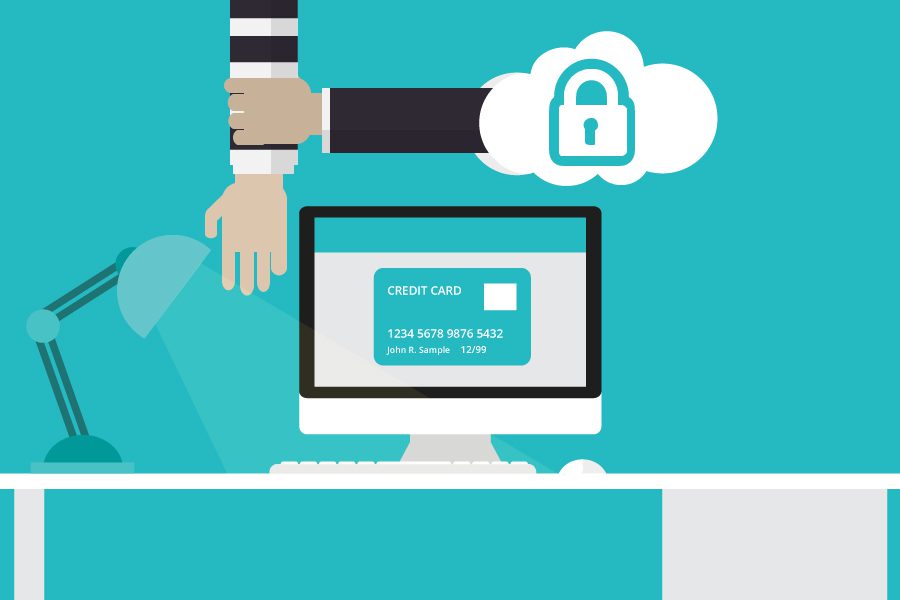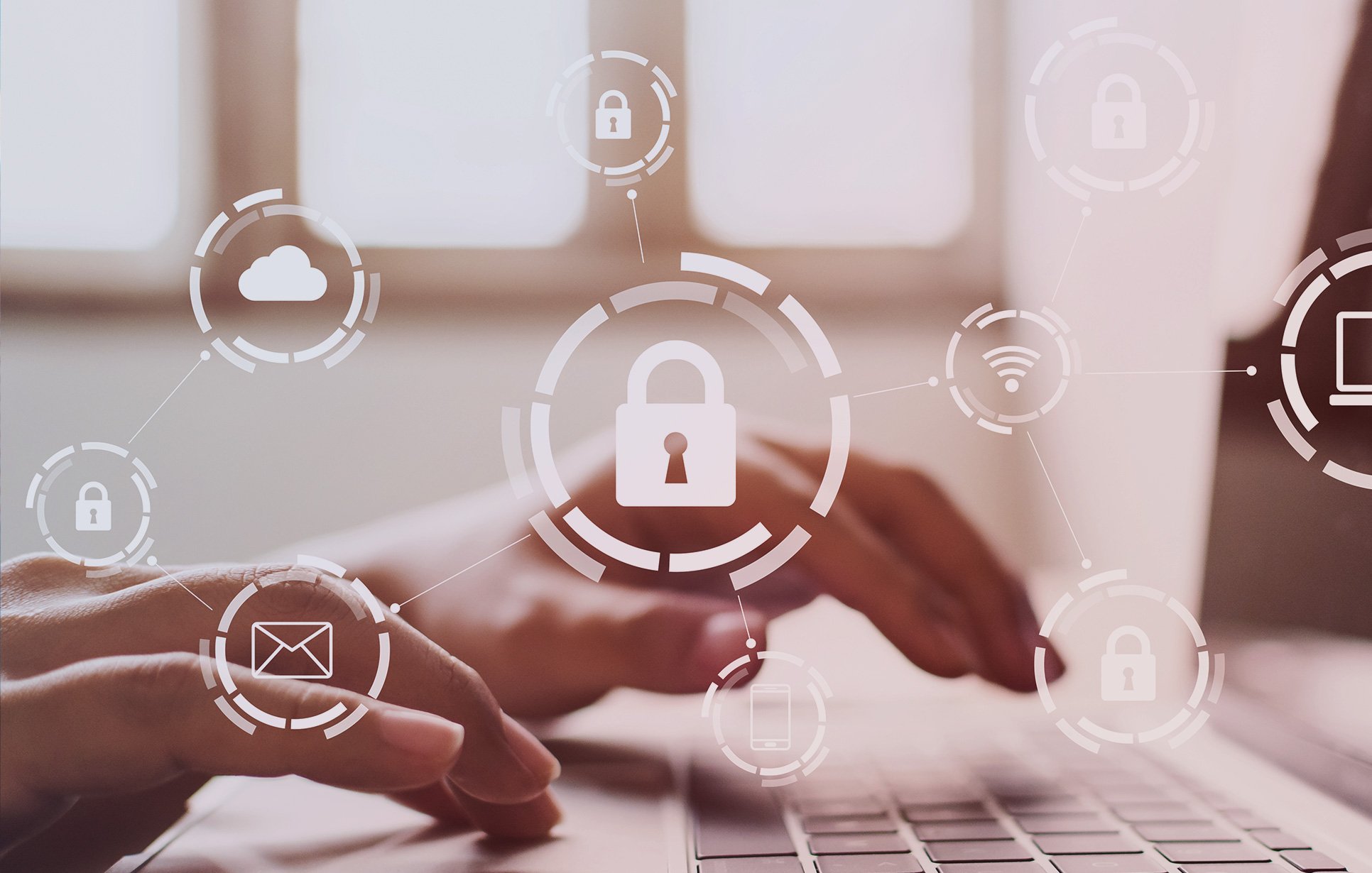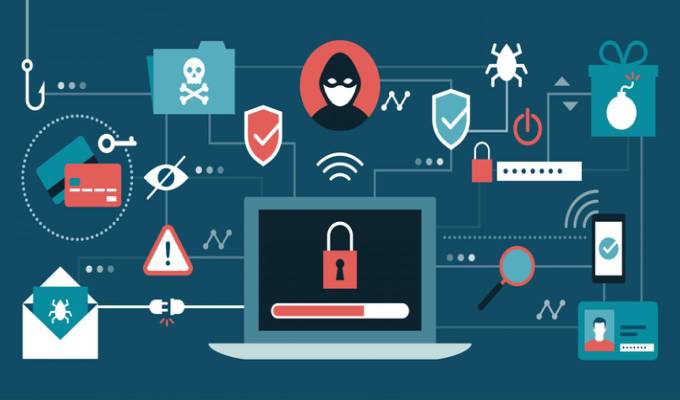
Statistics on Current Cyber Threat Landscape
Owing to the COVID-19 pandemic and the sudden transformation to remote work culture, cybercrimes have risen like never before and are expected to rise even more as we move towards 2021. Following are some outrageous statistics showing just how severely these cyber attacks are affecting the global economy:
- As per the research conducted by Cybersecurity Ventures, within months of the first lockdown due to the pandemic, more than 4,000 malicious COVID-related sites popped up across the internet.
- According to Cybersecurity Ventures, a cyber attack incident will occur every 11 seconds in 2021. This is nearly twice the rate in 2019 (every 19 seconds), and four times what it was in 2016 (every 40 seconds).
- As per Cybersecurity Ventures, Cybercrime is expected to cost the global economy $6 trillion annually by 2021, as compared to $3 trillion in 2015. This will soon make it the world’s third-largest economy, after the United States and China.
- Cybersecurity Ventures predicted that ransomware damages will cost the world $20 billion by 2021, which is 57 times more than what it was in 2015 ($325 million). This makes ransomware the most rapidly growing kind of cybercrime.
- According to Cybersecurity Ventures, 91% of cyberattacks are launched through spear-phishing emails, which infect the organizations with ransomware.
What can Organizations do to Stay Secure?
As the rise in cybercrime is showing no signs of slowing down, it is essential for organizations to take the necessary precautions to avoid suffering any losses. The three most critical aspects of any organization include its people, processes and data. By focusing their resources on protecting these three elements, organizations can arm themselves against all kinds of prevalent and emerging cyber threats.
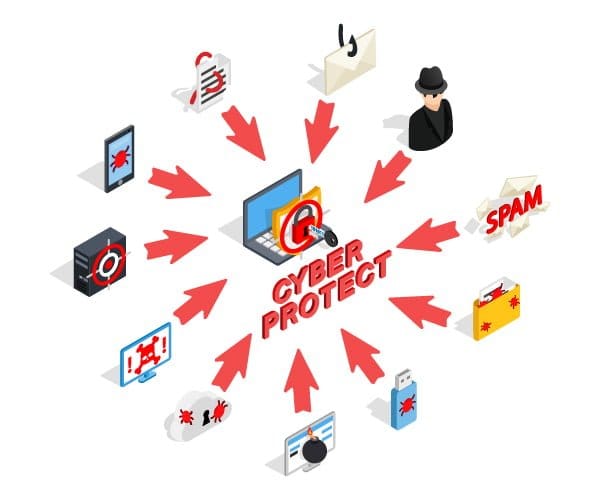
Protecting People:
The best way of protecting your employees against cyber attacks is by educating them about the prevalent cybersecurity threats. Owing to cybersecurity unawareness, employees can unintentionally cause data breaches, leaving your company at risk. A report has revealed that implementing cybersecurity awareness training amongst employees significantly reduces human error, mitigating up to 90% of cyber risks.
With the dramatic increase in cyber risks due to the transformation to remote work culture, providing your employees with cybersecurity awareness training has become more important than ever. An organization cannot protect its finances, assets and reputation from cybercriminals without spreading awareness amongst its employees.
Protecting Processes:
It is essential for an organization’s IT department to continually monitor, review and update all organizational processes. Employees should be made aware of the consequences of installing applications or software in their systems without the knowledge or approval of the IT department.
Any known vulnerabilities should be constantly monitored by the organization. Companies can provide protected and locked systems to the employees working remotely. This can be an effective way of restricting them from installing any malicious software.
Protecting Data:
An organization must have a firm grasp on the data that it holds, processes and passes on. As per a recent study, companies share sensitive and confidential information with more than 500 third parties. The first and foremost step an organization should take is to conduct an inventory and ensure any information is shared strictly on a need-to-know basis.
Secondly, make sure to encrypt all sensitive data including employee information, all business data and customer information. This ensures that the data becomes useless in case it falls into wrong hands. Also, always create regular backups of all your data and store it securely outside your network.
As the rise in cybercrime is showing no signs of slowing down, individuals and organizations alike are equally at risk. Therefore, it has become extremely important to take the necessary precautions and keep essential cybersecurity tips in mind for defending yourselves and your organizations against these threats.
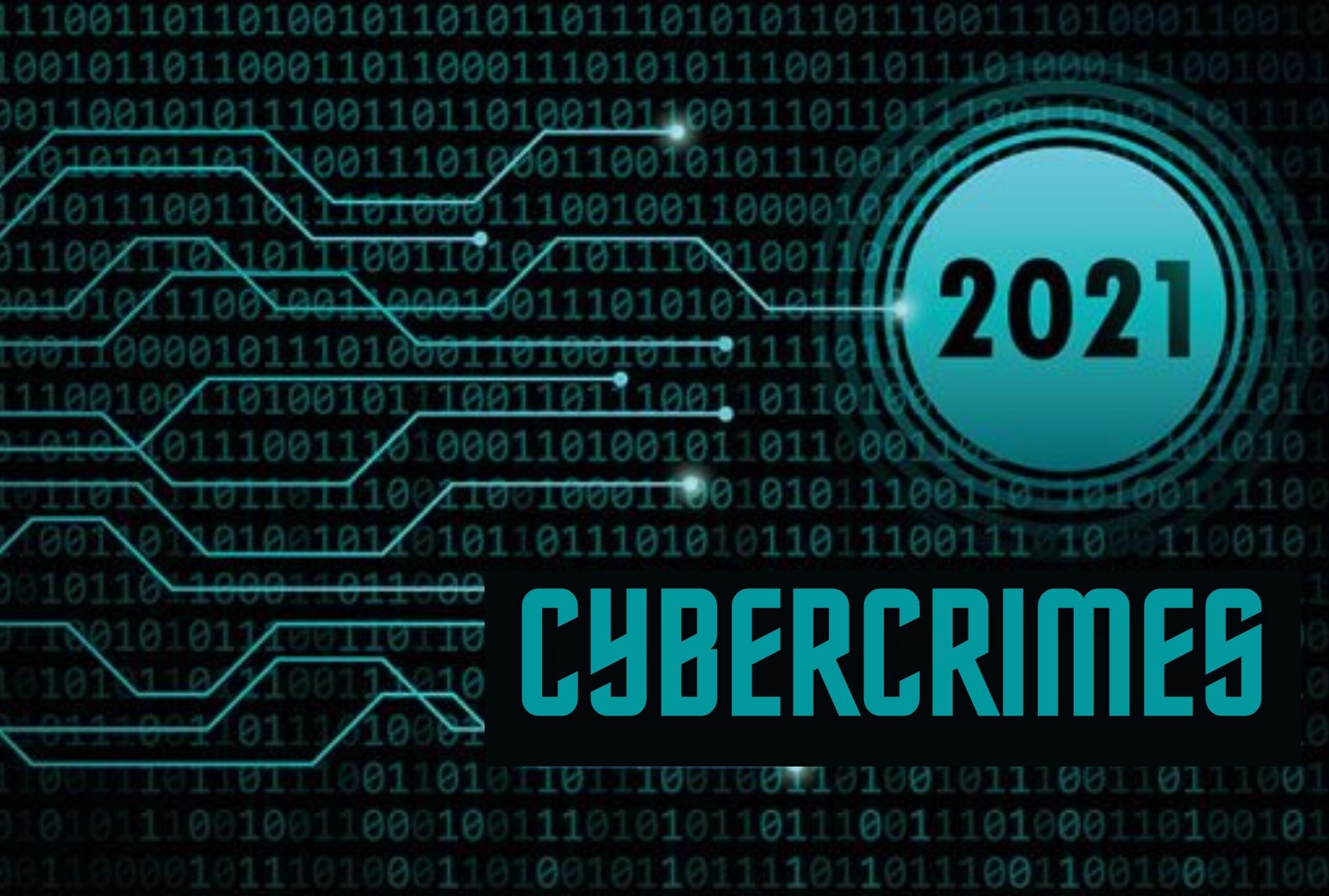
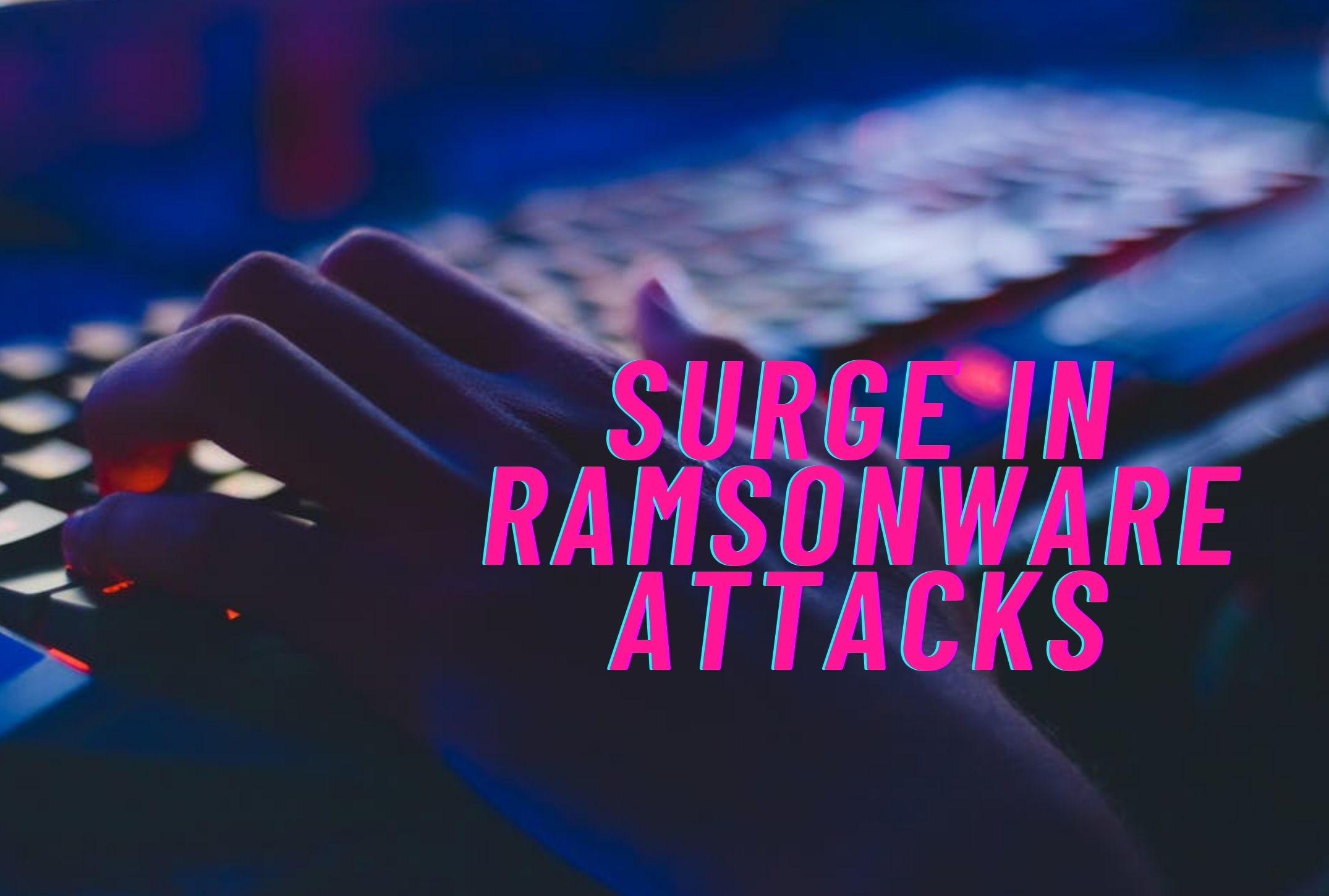

![Possible Best Buy Breach In [24]7.ai Hack | PYMNTS.com](https://www.pymnts.com/wp-content/uploads/2018/04/shutterstock_418940485.jpg)



